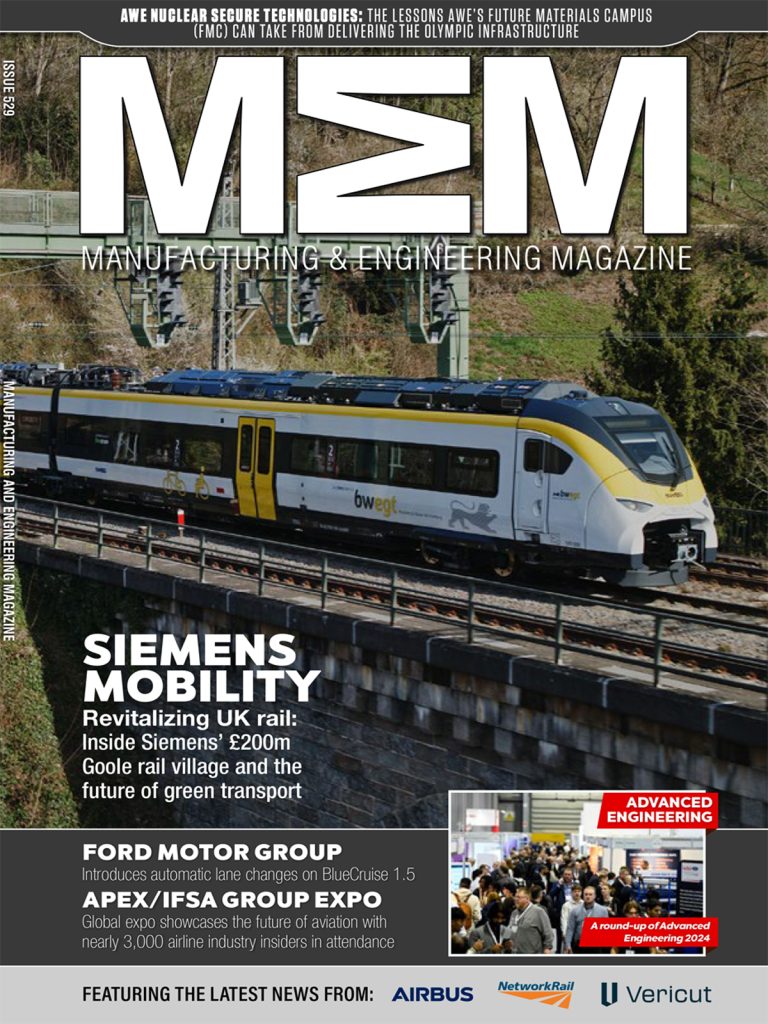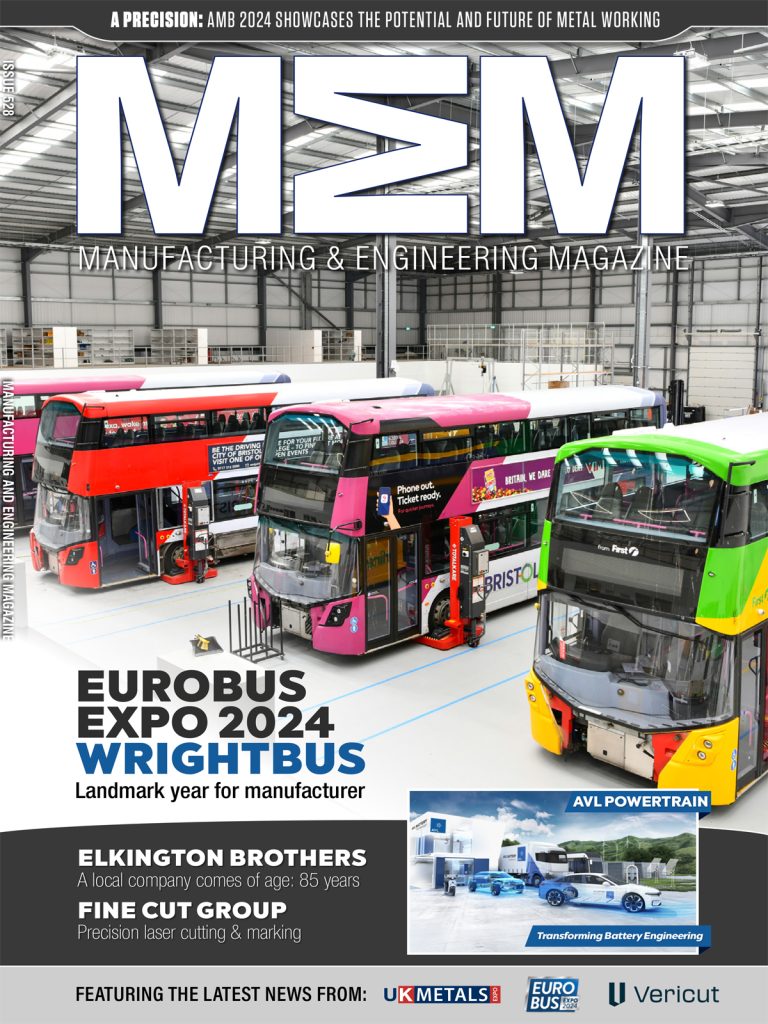Bats species, and their breeding sites and resting places, are protected by law across the UK and Europe, so if you’re planning to do any works you need to find out what species and how many bats are around before you start doing anything else.
It’s legally required to make sure bats aren’t impacted by any new development work, whether it’s explicitly stated in your planning consent or not, so you’ll need to get a bat survey carried out.
Planning authorities have a legal obligation to consider whether bats are likely to be affected by development proposals, and will require detailed robust evidence about their potential use of your site and how you will mitigate possible impact.
Why should I worry about bats?
It’s critical to make sure that bats are looked after as well as possible – failure to do this can lead to up to six months in jail and unlimited fines.
Working with an environmental consultant will ensure surveys are carried out by surveyors with the most up-to-date knowledge and expertise. As planning requirements vary in each country of the UK, this knowledge is even more important.
In an environmental context, bats are crucial to many habitats. From pollinating flowers to controlling pests, bats can have a big impact on biodiversity. Some bats are also ‘indicator species’, meaning they can be a sign of the wider health of the local biodiversity. Decreasing bat numbers can be a sign of dwindling insect populations or poorly managed habitats.
Bats have even been known to help re-establish plants in areas which have previously been cleared, providing a means of seed dispersal which would not have been possible otherwise.
What happens in a bat survey?
Bat surveys need to be carried out by a licensed bat surveyor. They will be able to check the area surrounding your development to ascertain if your project might cause any problems for an existing bat population, both in terms of making sure there are no roosting spots which you might disturb, and that your project won’t do anything to interrupt the bat’s ability to breed and look after their young.
It’s not always obvious to see where bats are, so even if you don’t think there are bats nearby, it’s worth commissioning a survey as soon as possible so you don’t hold up proceedings later on. If a bat survey has been done on the area before, it’s normally seen to be reliable for one or two years due to the frequency with which roosts move around, so it may pay to get an up-to-date survey.
A Preliminary Roost Assessment of a building or structure can be done at any time of the year, and this involves checking for physical spaces where bats may be living and roosting. This could include:
- Stone buildings
- Places near woodland or water
- Buildings with large roofs
- Buildings with easy access and clear flying space
- Disused mine shafts or underground cellars
- Tree roots
- Cavity walls
If there is an area which isn’t easy to check, and which has good features for bat roosting (such as mature trees covered in ivy or with cracks and holes for roosting) it can be marked as a ‘potential’ feature and state whether further investigation is needed.
Field Surveys and Monitoring
If bats are present, or are likely to be there, field surveys need to be carried out, by experienced bat surveyors. These can only take place between May and September, as this is when bats are most active. As they look to breed, there is a huge increase in activity around roosts, making it much easier to spot and identify any bats in the area. This is information which is needed to estimate the impact of the development work.
Although bats are nocturnal, building surveys can be carried out in the daylight, spotting roosts, bat droppings and other signs. Other ways of checking the species of bat and the size of the roosts include using infrared cameras, listening stations, hand-held and fixed bat detectors, radio tagging and even trapping using nets.
It may take several dusk and dawn surveys to develop a picture of how bats are foraging around a site. It is important to establish the likely populations of the various species using the site, and there are strict guideline steps to establish the number of surveys during the season required to produce solid evidence to support your application or works.
In circumstances where development work which will impact the bats cannot be avoided, the surveyors can also carry out an emergence/re-entry survey to record the number of bats, where they enter or exit a structure, and the flight paths they use and at what time, to get a more accurate record of bat activity.
What happens if bats are found?
As bats are a protected species, it’s expected that development projects will be altered as much as possible to accommodate them. If this isn’t possible, you will have to look into mitigation or compensation schemes, which might include finding a new location for the work, creating new roosts and looking after the bat habitat in the longer term.
If you’re demolishing an existing building or clearing an area of land, there is the obvious risk of destroying the bats’ habitat. You will most likely require a European Protected Species Licence from the relevant authority to allow you to do the work and you will need a licenced bat specialist to provide advice and to produce and submit your licence application. Licensing and planning consent are separate legal processes.
However, some of the less obvious impacts to consider include:
- Human presence throughout and after the work
- Increases in noise and light levels both near their roosts and around their flight paths
- Changes in temperature and humidity
- New layouts and changes to entrances and exits
Through working with an environmental expert, the results of your bat survey can be incorporated into your planning application, along with any mitigation plans which may be required. They will also be able to work alongside architects and building contractors before and during the work, and monitor the site once work is completed to see how the local bat population reacts to the changes.
_____
If you need to check whether there are bats at your development site, what measures need to be put in place to make sure they are protected, or if you need a bat survey carried out in that critical May-September window, contact Engain on 01225 459564, check www.engain.com or email enquiries@engain.com
Manufacturing & Engineering Magazine | The Home of Manufacturing Industry News














